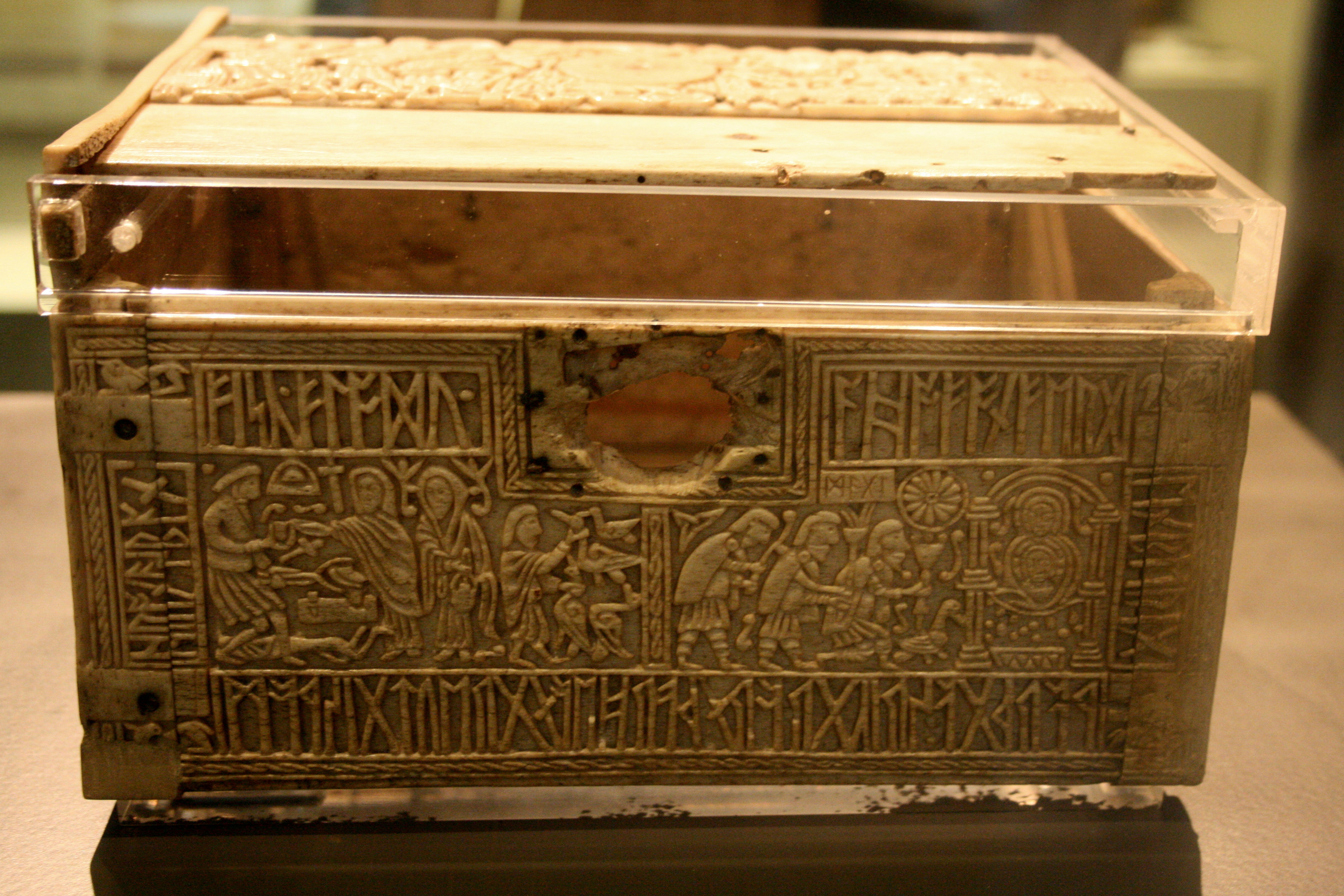Riddle 33 (among the Old English riddles) is divided into two parts
By Editorial Team Last updated: Feb 16, 2024 Assignment Samples

1. Riddle 33 (among the Old English riddles) is divided into two parts: the first part, which talks in the third person and describes the object as hate-fierce and bitter; and the second part, where the object describes itself in the first person as coming “with joy” to the land. Why do you think the poem gives us two different viewpoints on the same object? Which viewpoint does it ultimately promote, or how does it reconcile the two of them?
2. Choose a moment (quote or give the line references to 1-5 lines) in Marie de France’s Lanval when it describes the fairy woman as “white” or discusses her and/or her servants’ coloring, and analyze (make a small argument about) the moment you have chosen. How is the emphasis on her whiteness functioning in the moment you have chosen?
3. How is the idea of revenge functioning in the Wife of Bath’s Prologue? If you want to find specific moments to analyze, you might look at the moments where she says that she is “quit” or “wreke”, both words meaning (and usually translated in the assigned text as) “avenged.” Why does she invoke vengeance in her narration of her time with her husbands?
4. How does the Wife of Bath’s Prologue prepare you for her Tale? What do you see in the Wife of Bath’s Tale that you might not have noticed or paid attention to if you hadn’t read the Prologue first? Or how does the Prologue set up questions that the Tale answers?
5. When Margery Kempe imagines the Crucifixion she imagines it as a kind of mental travel or mental pilgrimage, a “going forth in contemplation”. This is of course a contrast with a text like Mandeville’s Travels, which seems to depict actual travel through space, not in the mind. What do you make of this contrast? How does it help us think about medieval travel differently? Or do you think this mental travel is some sort of commentary on Mandeville’s Travels? If so, what?
6. If you were to propose a modern remake of Margery Kempe as, say, a Netflix series, what genre would your remake be, and why? Your answer should both say what you take to be the central genre of The Book of Margery Kempe and why, and should identify a modern TV genre that you think is the best modern approximation.
7. For this question, worth 2 out of 10 points, You should a) translate the passage (from the “General Prologue” of Chaucer’s Canterbury Tales) below: go line by line, and update the language into modern English to make clear you know what it says (1 point). Then you should and b) close-read what you think is an interesting textual feature in the passage below (identify something interesting, and analyze how you think it is functioning in the passage, or what makes it interesting) (1 point).
It happened that in that season on one day,
In Southwark at the Tabard Inn as I lay
Ready to go on my pilgrimage
To Canterbury with a very devout spirit,
At night had come into that hostelry
Well nine and twenty in a company
Of various sorts of people, by chance fallen
In fellowship, and they were all pilgrims […]
8. For this question, worth 2 out of 10 points, Answer the following prompt: how does a medieval text we have read in the second half of the course (Riddles, Lanval, Canterbury Tales, Book of Margery Kempe help you see something new in one of the medieval texts we read in the first half of the course (Bede, Geoffrey of Monmouth, Gerald of Wales, Sir Orfeo, Travels of Sir John Mandeville, Second Shepherd’s Play). For example, in lecture (and in question 5 above!) we talked about how Kempe’s spiritual or mental travel seems to offer a potential revision of the physical travel of Mandeville’s travels. Choose another pairing, another moment where a moment in a text from the second half of the course made you see a text from the first half of the course in a different light.
For this take-home “quiz”;
You should download this Word document, type your answers below each question, and upload your completed quiz to Quercus. Please answer in complete sentences. This quiz is open book and open note; you should feel free to refer to lectures and lecture notes, but should not need to consult any websites to answer the questions below. Note that your goal should be not to parrot answers back exactly (to copy and paste from lecture notes), but to demonstrate your understanding of some of the larger ideas and concepts by putting ideas into your own words. The questions will also ask you to take ideas we’ve covered in lectures and discussions and apply them push them slightly further. The quiz is out of ten points—note the last two questions are worth 2 points each!
For most questions ~2 sentences should suffice to answer—these are designed to be short-answer questions, not essay questions! For questions worth 2 points you should aim to write a short paragraph or ~4 sentences—but no need to write super long answers above.
Need help with this or similar assignment?
- Tell Us Your Requirements
- Connect with the Best Writer
- Monitor the progress
- Download Your Paper.
Click on the prompt below to place an order
We also offer the following services:
About Us
Eprowriters.net is an afilliate blog of Eprowriters.com, a custom essay writing service that has been providing academic support with great success for more than five years. The benefits are self-evident: our customers may manage their orders autonomously from start to finish.
Quick Links